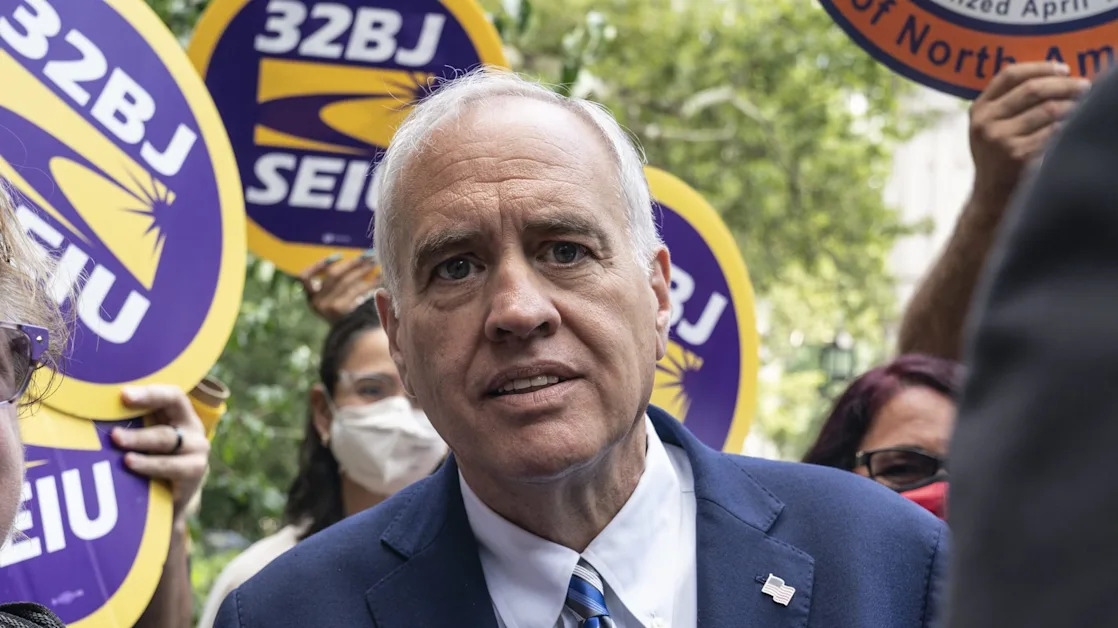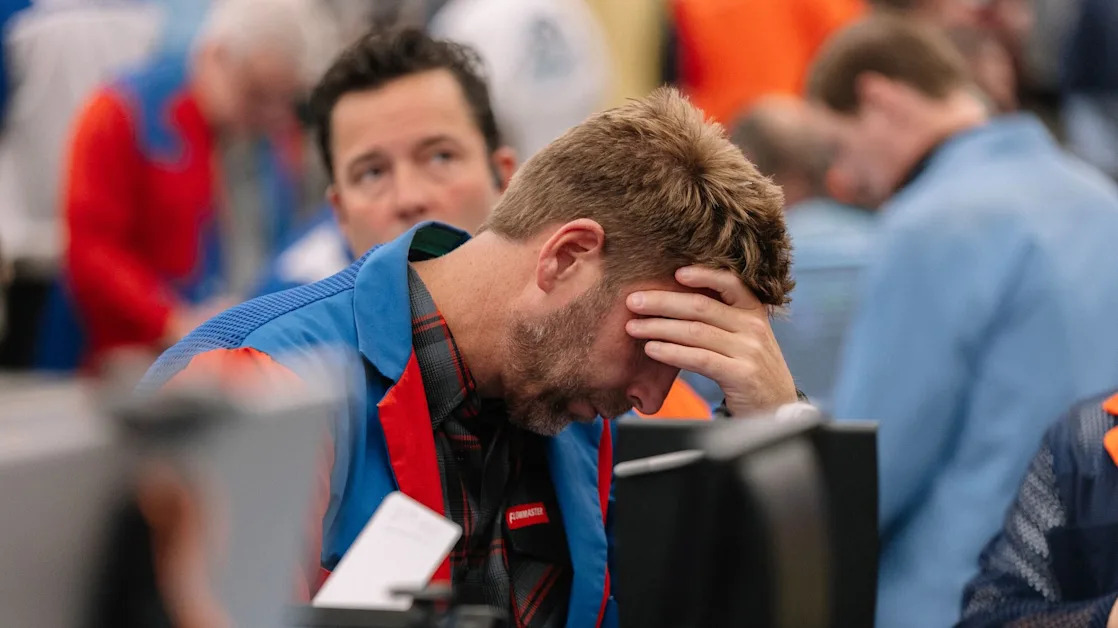By Howard Schneider
WASHINGTON (Reuters) - Defying fears of a pandemic-driven Great Depression and bucking Federal Reserve interest rate hikes as well, the U.S. job market has hit what U.S. central bank officials are characterizing as a moment of stable full employment, with balanced wage and job growth and a low unemployment rate.
With consumers spending and businesses confident, the baseline outlook is for that to continue, though there may also be little room left for improvement.
As the job market signaled growing weakness last year and the unemployment rate rose, "the question was, are we going to settle in at full employment, or crash through" to yet higher joblessness, as has typically been the case when the unemployment rate rises, Chicago Fed President Austan Goolsbee said on Thursday.
The unemployment rate in fact has stayed in the low 4% range, and a "broad expanse" of data "feels like we are settling at full employment," Goolsbee told reporters at an auto symposium in Detroit. "That's where you want to settle. It kind of can only get worse ... You could overheat, or you could deteriorate. If you could freeze the job market just exactly where it is, that is not a bad spot."
The U.S. Bureau of Labor Statistics is scheduled on Friday to release the employment report for January, which will in effect be the last of former President Joe Biden's administration. While the handover of the executive branch to President Donald Trump took place on January 20, the survey underpinning last month's data occurred the previous week, with Biden still in office.
Economists polled by Reuters expect firms added 170,000 jobs last month and that the unemployment rate remained at 4.1%.
That jobless rate is higher than in 2023, when it went as low as 3.4% and was more akin to conditions seen during an employment boom in the 1960s. But the fact that it stopped rising around the level that Fed officials regard as consistent with their 2% inflation target is significant - evidence that the central bank had avoided a recession and the excess unemployment that goes with it, but also helped create enough economic slack that a surge in inflation was tamed.
MANUFACTURING FOCUS
Biden had overseen the creation of more than 16.6 million jobs through December, though more than half of those came in his first 18 months in office, when the economy was rebounding from the COVID-19 pandemic. The pace of job creation in the last year has been broadly in line with the rate through the first three years of Trump's 2017-2021 presidency, prior to the pandemic, which resulted in a net loss of 2.7 million jobs on the Republican president's watch.
Trump and Biden angled to rekindle manufacturing employment, albeit through different policies. Both had some success, but each saw factory job growth flat-line as their terms progressed. A stated desire in Trump's second term is to jump-start the manufacturing sector again by inducing companies to base production in the U.S., or face tariffs on the goods they export into the country.
The pandemic-related disruption notwithstanding, both presidents oversaw healthy labor force gains, particularly in the key 25-to-54 age group. But much more of that growth under Biden came from workers who weren't born in the U.S., a dynamic that most economists expect to change as Trump delivers on promises to crack down on illegal immigration and takes a harder line on accepting new residents from abroad overall.
One question is where earnings growth heads - it was last at 3.9% on a year-over-year basis in December. Earnings growth was notably higher on balance throughout Biden's run thanks to factors mostly associated with the pandemic and its after-effects, such as the "Great Resignation" and the rise in inflation. That said, average hourly earnings growth under Trump had - prior to the pandemic - climbed persistently above 3% to its highest level in any year since the 2008 global financial crisis. Expectations going forward point to pay gains easing back into that neighborhood.
In that vein, the Biden years marked one of the most profound reshufflings of the U.S. job market. It proved as deep, and much faster, than the dislocation in heartland manufacturing that followed passage of North American trade agreements and China's economic opening, but was largely beneficial to workers.
Tight labor markets gave job seekers more leverage to switch positions for higher pay, while immigration is broadly considered to have allowed the overall economy to grow faster than it would have otherwise. Lower-paid occupations gained ground on higher-skilled jobs while work-from-home arrangements helped women reach record levels of participation.





